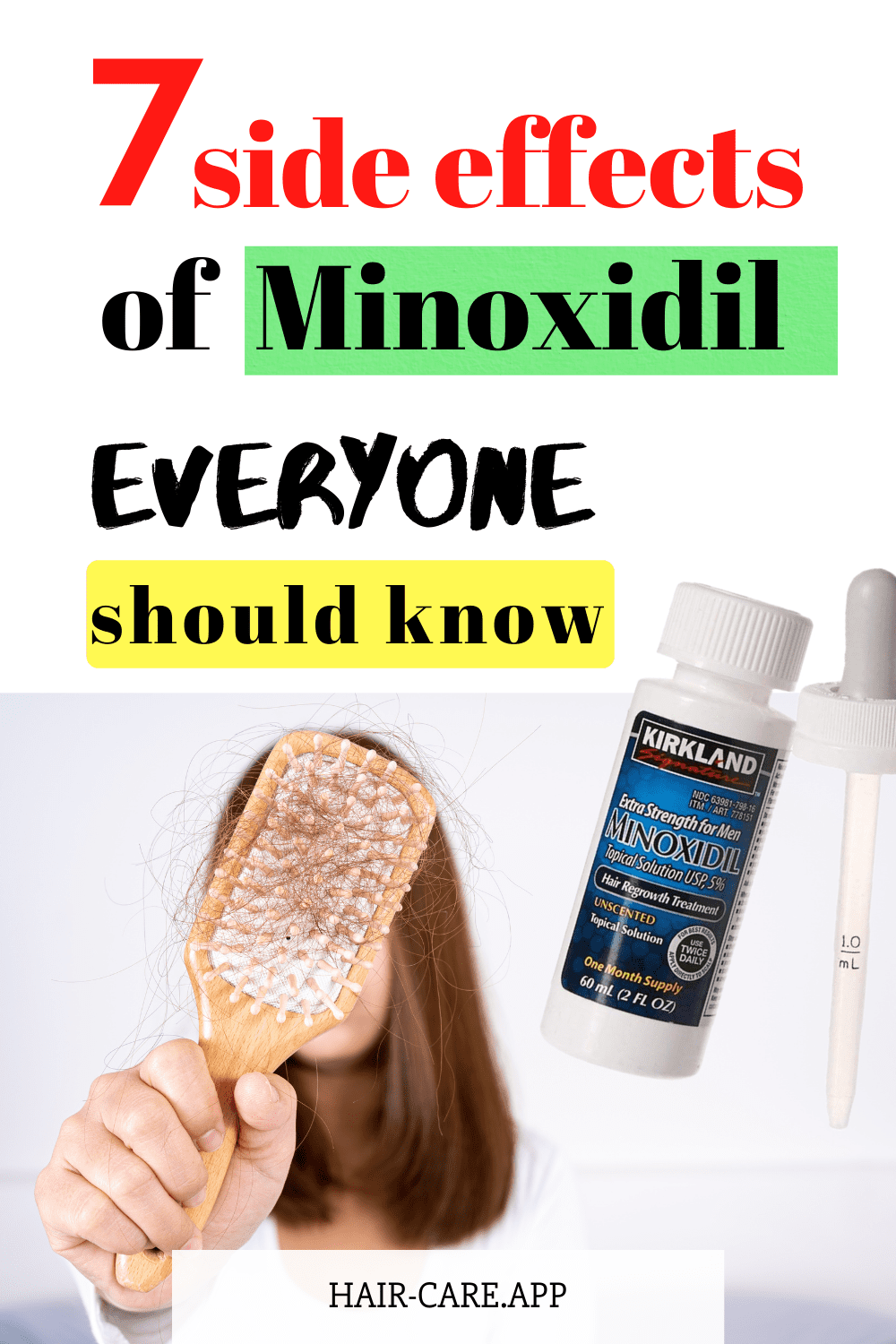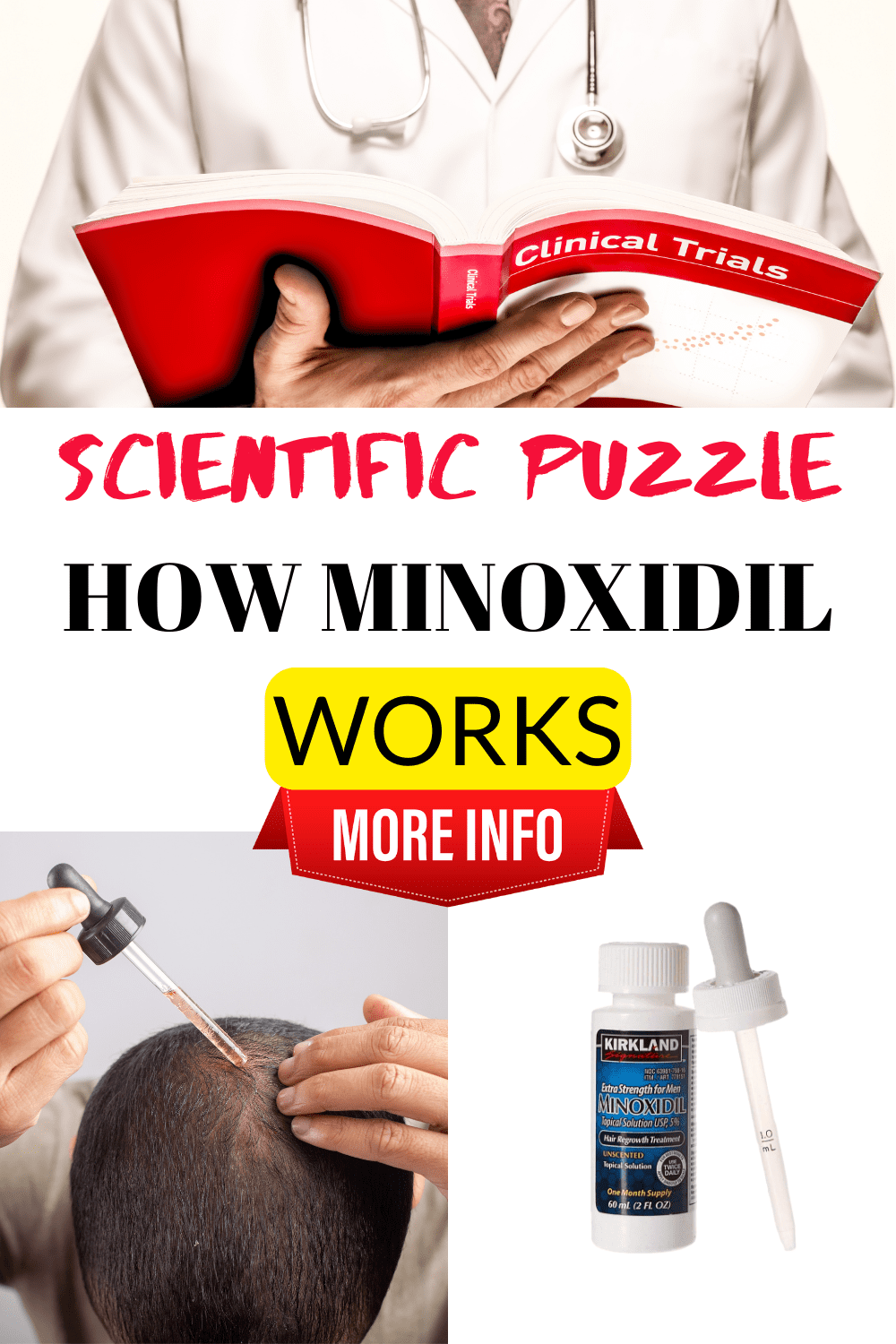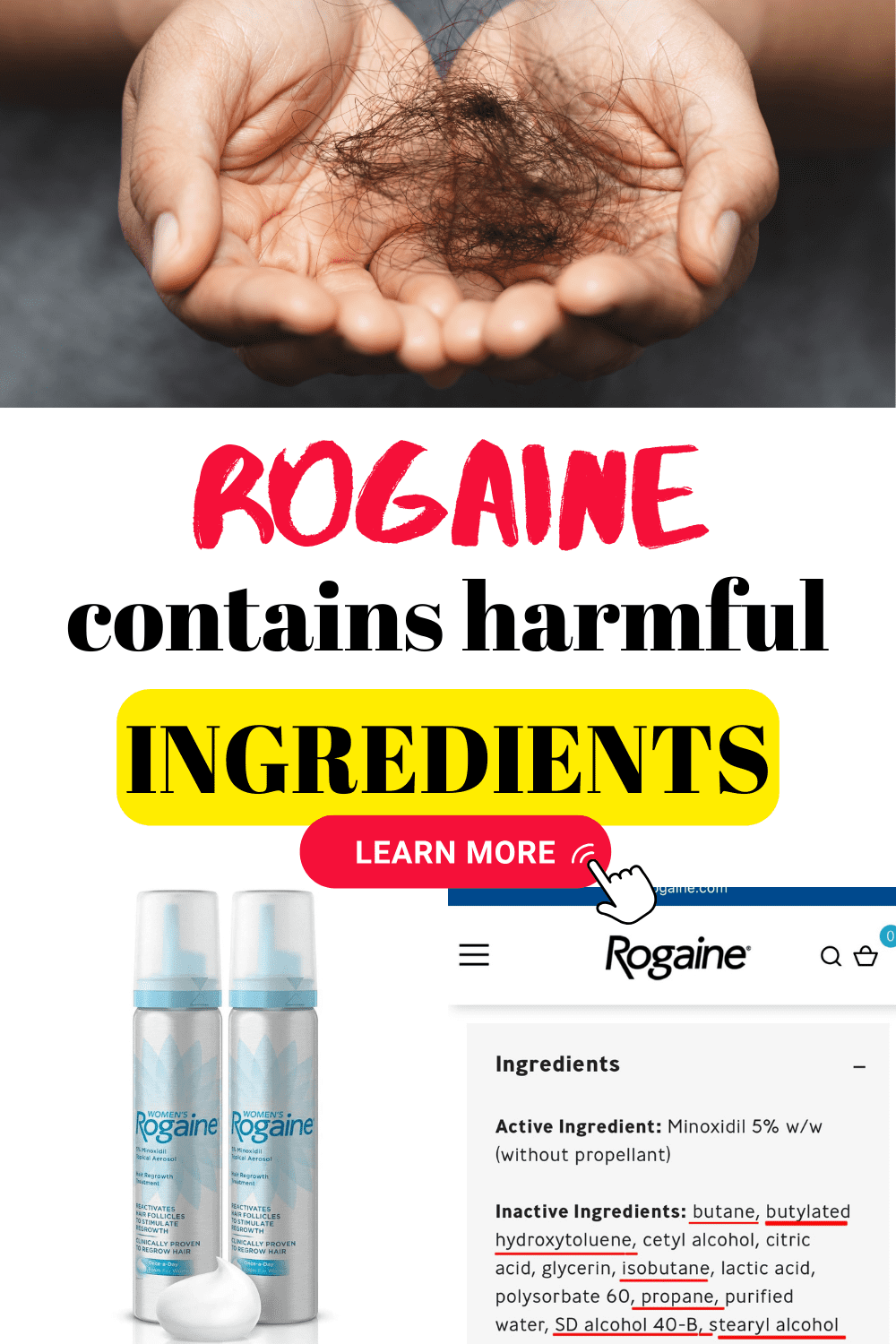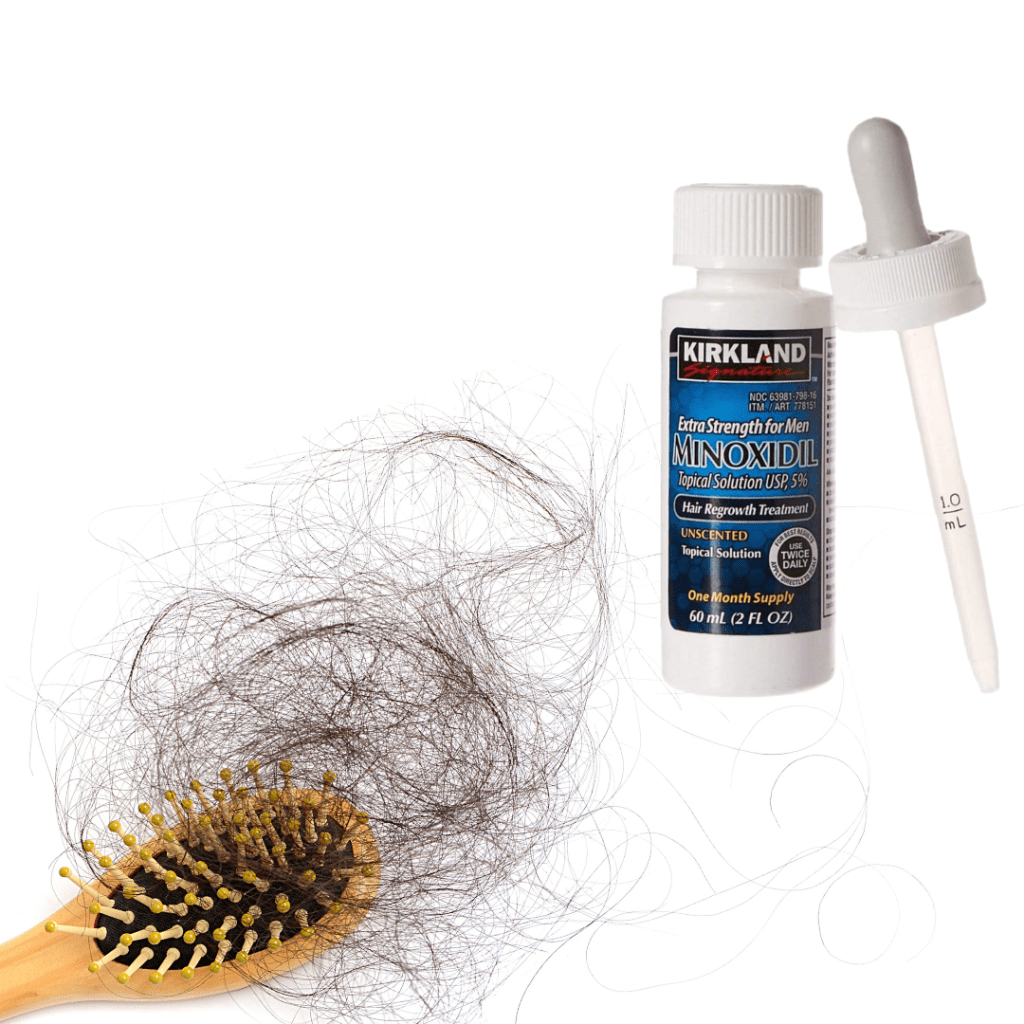Minoxidil, a topical solution hailed as a hair growth miracle, has undeniably sparked both excitement and controversy in the realm of hair care. Marketed for its ability to stimulate hair growth and combat hair loss, it’s a go-to for many seeking to rejuvenate their locks.
This FDA-approved treatment comes in various formulations, easily accessible over the counter, promising fuller, thicker hair with regular application. However, amidst its widespread use and some success stories, there’s a persistent air of controversy surrounding its efficacy and long-term effects.

Despite its popularity, here are 7 crucial points you should keep in mind:
1️⃣Mysterious Magic
The scientific understanding behind the mechanism of action of Minoxidil for hair growth remains somewhat elusive. Despite its widespread use as a hair loss treatment, the precise biological pathways through which Minoxidil induces hair regrowth are not definitively established.

Studies suggest several potential theories, including the widening of blood vessels, increased blood flow to hair follicles, and cellular-level impacts that could promote hair growth. However, a clear consensus or comprehensive scientific understanding of the exact mode of action remains a subject of ongoing research and debate within the medical and scientific communities.
2️⃣ The Itch Factor
Itchiness of the scalp is a prevalent side effect associated with the use of Minoxidil. Many individuals using Minoxidil-based products, especially in the initial stages of treatment, report experiencing mild to moderate scalp irritation or itching.
This sensation often occurs due to the alcohol content in the solution, which can cause dryness or irritation on sensitive skin. While itchiness typically diminishes as the scalp adjusts to the medication, some users may find it persistent or uncomfortable. It’s recommended to consult a healthcare professional if the itchiness persists or becomes severe, as they may suggest ways to alleviate discomfort or alternative treatments.
3️⃣Only For Specific Hair Loss
Minoxidil demonstrates efficacy primarily in addressing specific types of hair loss, notably male and female pattern baldness, also known as androgenetic alopecia. Research and clinical trials have indicated its effectiveness in stimulating hair growth and reducing hair loss in these particular conditions. However, it’s essential to note that its effectiveness may vary among individuals, with some experiencing substantial regrowth while others may see limited or no improvement.
4️⃣Not for All Battles
Unfortunately, Minoxidil isn’t the superhero for all hair loss foes. Notably, Minoxidil might not effectively treat hair loss induced by sensitivity to dihydrotestosterone (DHT) or Telogen Effluvium. Hair loss triggered by these conditions may not respond significantly to Minoxidil treatment.
DHT sensitivity can lead to hair miniaturization and eventual loss in susceptible individuals, while Telogen Effluvium, often triggered by stress or hormonal changes, may not see substantial improvements with Minoxidil use.
5️⃣Formulated With Controversial Ingredients
Minoxidil formulations, notably in products like Rogaine, contain potentially controversial ingredients such as butylated hydroxytoluene (BHT), alcohol, and butane.

These constituents have raised concerns within the hair care community regarding potential side effects, skin irritation, and the long-term safety of these chemicals when applied topically for hair growth, prompting discussions about their use in Minoxidil-based products. Always check those ingredients! 🧪
6️⃣Moms, Take Note
If you’re expecting or nursing, Minoxidil might not be your hair growth bestieю The potential systemic absorption of the medication through the skin and its unknown effects on a developing fetus or nursing infant pose risks. Due to these uncertainties and potential risks, healthcare providers generally recommend avoiding Minoxidil use during pregnancy or lactation.
7️⃣ The Aftermath
A common phenomenon noted after discontinuing Minoxidil use is a shedding phase. Users might experience shedding or increased hair fall a few weeks or months after halting Minoxidil application. This shedding, often temporary, is considered a normal response known as “Minoxidil shed,” where the hairs grown during Minoxidil use may shed before the hair growth cycle resumes its natural pattern.
Remember, knowing the ins and outs of any hair treatment is key. Minoxidil might have its shining moments, but it’s essential to weigh the pros and cons before diving in.


